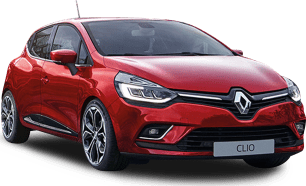With its 2100kg kerb weight and 2980kg GVM, our test vehicle has an 880kg payload rating.
It’s also rated to tow up to 3500kg of braked trailer and with its big 6480kg GCM rating (or how much it can legally carry and tow at the same time), that means it can tow its maximum trailer weight while carrying its maximum payload.
The latter is an unusual capability for a dual-cab ute of this size, which offers great versatility for heavy load-hauling requirements in both work and recreational roles.
The longer XLV load tub has square internal dimensions of 1610mm in length and width, which combined with its 570mm depth results in 1262 litres (or more than 1.2 cubic metres) of load volume. Load-anchorage points are located at floor level in each corner.
The new assisted-tailgate operation, which SsangYong claims has a soft-opening and easy-close design, also needs some beefing-up as we found the level of assistance was not sufficient.
Cabin storage includes a single glovebox, plus small and large-bottle holders and a storage bin in each front door. The centre console has a small tray up front, two small-bottle/cup-holders in the centre and a storage box at the back with a padded lid that doubles as a comfortable driver’s elbow rest.
Rear seat passengers also get a small-bottle/cup-holder and storage bin in each door, plus two cup-holders in the fold-down centre armrest and storage pouches on each front seat backrest. The rear bench seat-base cannot be swung up and stored vertically to create more internal carrying space, like some rivals, but it does provide hidden storage underneath for soft items.
The Musso's rear doors are only 50mm shorter than the front, which ensures easy entry/exit and comfortable rear seating, even for people my height (186cm).
There are large assist handles on the A and B pillars and, when I'm seated in the second row behind the driver’s seat in my position, there’s still sufficient knee clearance and plenty of headroom.
This also applies to those seated in the slightly higher centre position, where they’ll also appreciate the minimal height of the transmission hump that allows both feet to sit together behind the centre console.
However, like all dual-cab utes short of a full-size US pick-up, shoulder room for three adults across the back seat is marginal and only tolerable for short trips.
Our only gripes are the lack of a lap-sash seatbelt for the centre rear passenger (there’s only a lap-belt), which remains a glaring safety omission that should have been addressed years ago.

